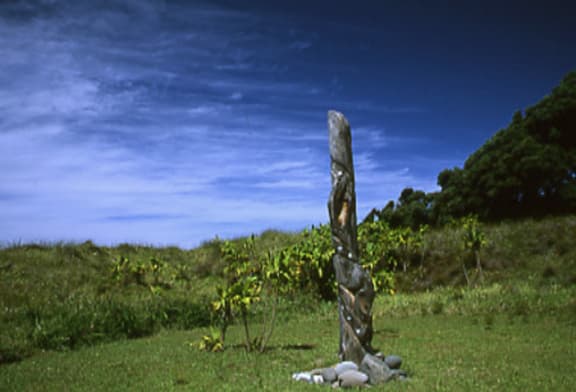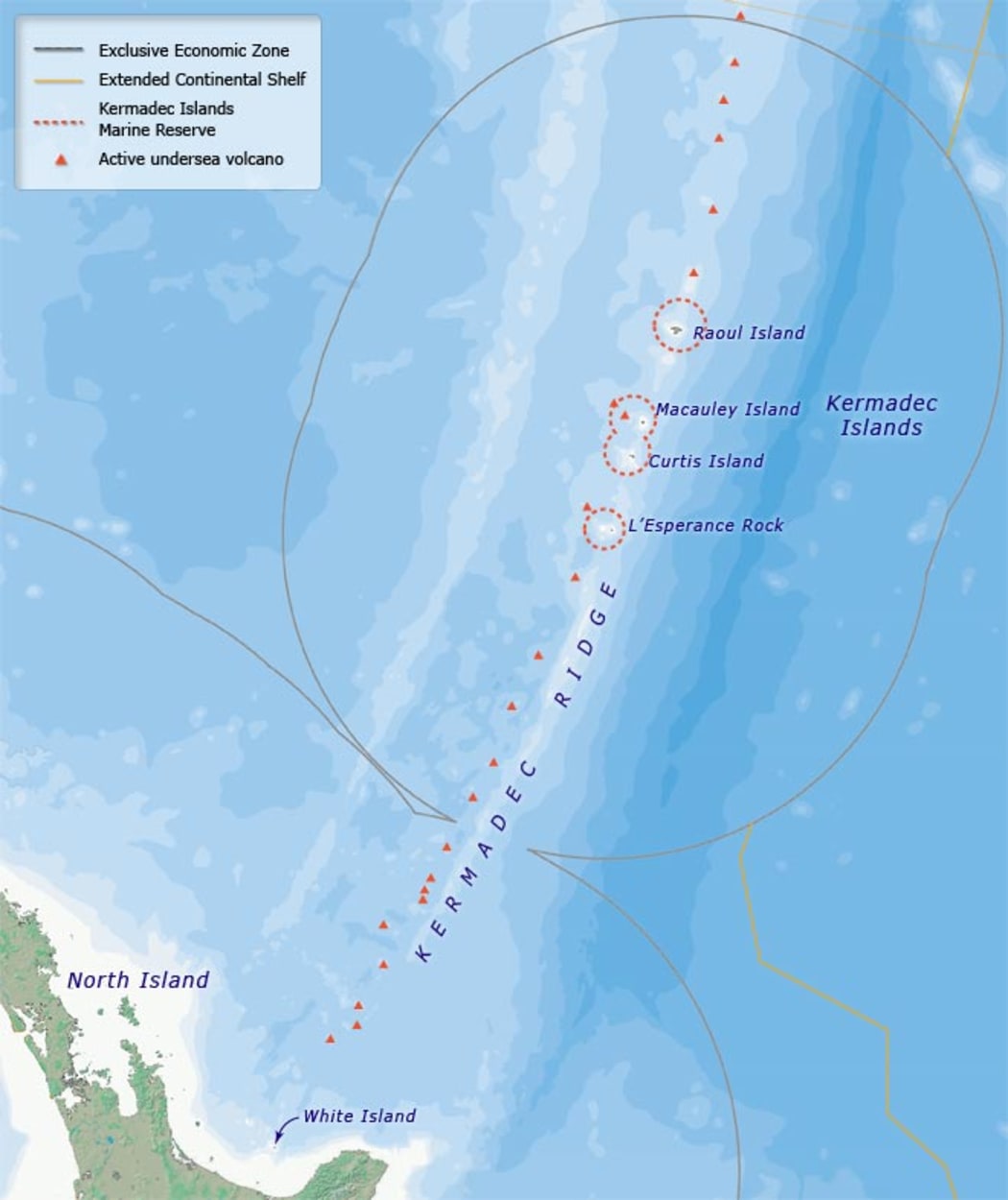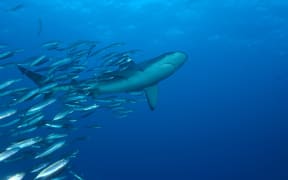The creation of the Kermadec Ocean Sanctuary is part of a growing realisation of the need for greater protection of the environment, Ngāti Kurī says.

Ngāti Kurī's pou whenua (landing post) on Raoul Island Photo: teara.govt.nz
The Kermadec Islands (Rangitāhua) are recognised as an area of significance in Ngāti Kurī's treaty settlement, and the iwi's interest in the area dates back to the landing of the Kurahaupō waka there for repairs on its way to Aotearoa.
Ngāti Kurī Trust Board chair Harry Burkhardt said the iwi totally supported the creation of the sanctuary, which now covers more than 600,000 square kilometres around the islands north-east of New Zealand.
He said the area was totally unique and needed to be protected.
"It's kind of like an intersection in the Pacific Ocean, it's an isolated area," he said.
"When you hear the stories around the numbers of whales passing through there on their migration, it's absolutely amazing, both the numbers and the activity in that area. So we just view it as a kind of a crossroads for traffic going from the north and heading to the south."
The creation of the sanctuary means fishing or mining will be banned in the area.
But Mr Burkhardt said the iwi had been more focussed on its role as a guardian, and had already actively pushed against mining.
"There's potentially a lot of economic activity out of the back-end, but our interest is around our kaitiaki role - how do we protect its unique aspirations - and we're not totally driven by economic outcomes. That's part of it, but we've got to be signalling that there's part of New Zealand that needs to be protected and that's one area."
'Global signal'
Mr Burkhardt said they had been working with the Crown and the Department of Conservation to help preserve the area.
He said the sanctuary sent a global signal that New Zealand was serious about the environment.
Ngāti Kurī has a pou whenua (landing post) on a site near where the kurahaupō first landed on Oneraki Beach on Raoul Island in the Kermadecs.
Mr Burkhardt said the islands have been uninhabited for centuries, aside from the early inhabitation of their tūpuna, and some intermittent inhabitation in the 1400s and 1500s.

A map of the Kermedec Islands Photo: yournz.org


